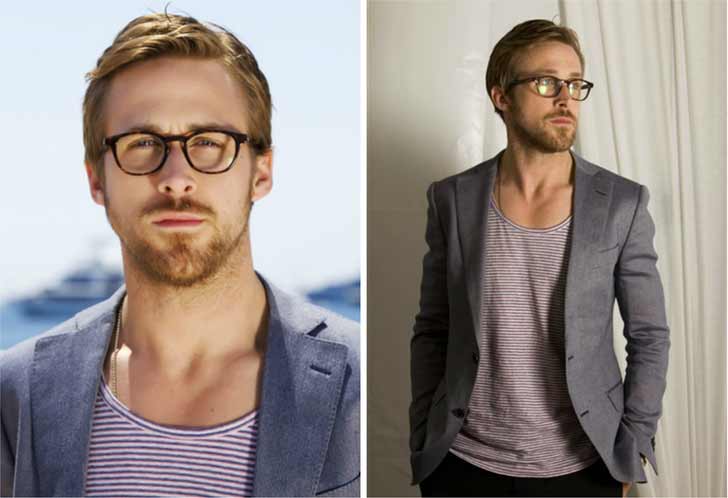How has male beauty changed throughout the last century?
Men’s beauty is not as frequently talked about or discussed as that of women. However, contrary to what many people may believe, in the past 100 years, men have seen numerous changes in their styles. Taking a look at past trends is always exciting as it is interesting to see how significant change can take place from decade to decade. The past 100 years have seen thin and thick mustaches, full beards, classic side sweeps, man buns and so on. Brightside has compiled the following images from the past 120 years:
1900s: Wrestlers and strongmen
During this time, the German Eugen Sandow (now known as the ‘Father of Modern Bodybuilding’) was seen as being one of the most iconic and attractive men.

1910s: Elegance
In the 1910s, handlebar mustaches became a popular trend and one that was considered both elegant and masculine.

1920s: Classic and sleek
The roaring 20s are associated with class and during that time, men reflected this through their sleek styles.

1930s: Mustaches and ‘whiskers’
According to Bright Side, ‘the famous Clark Gable whiskers became the peak of fashion’ in the 1930s.

1940s: WWII, military and masculinity

1950s: Rebellious spirits
Male beauty in the 50s borrowed from the characteristics of ‘tough boys’. That is, it was deemed trendy to wear leather jackets and ride motorcycles.

1960s: Freedom of self-expression

1970s: ‘Pumping Iron’

1980s: Celebration of the athletic body
Schwarzenegger’s influence continued on from the 70s and into the 80s as during this time, there was an increased appreciation of ‘athletic beauty’. Subsequently, Baywatch first aired in 1989.

1990s: Grunge wave
The 90s are best known for their music and the generation of people who were carefree in their attitude and style. An example of this is Kurt Cobain from Nirvana

2000s: Metrosexual millenium
Metrosexuality refers to heterosexual men who take part in what was once traditionally seen as being feminine. That is, they take care of how they look and have an interest in fashion, shopping and grooming.

2010s: Carefree hipsters
The 2010s were characterized by beards, vintage clothes, glasses, and an attitude of ease.

2020s: ‘Lumbersexuality’
This term refers to urban men whose styles and appearance suggest a more rugged, outdoor lifestyle. Usually, these men have beards, long hair and check shirts.

In addition to this, CUT has created a video and used one model to depict how men’s hairstyles have changed from 1910 to 2010:



